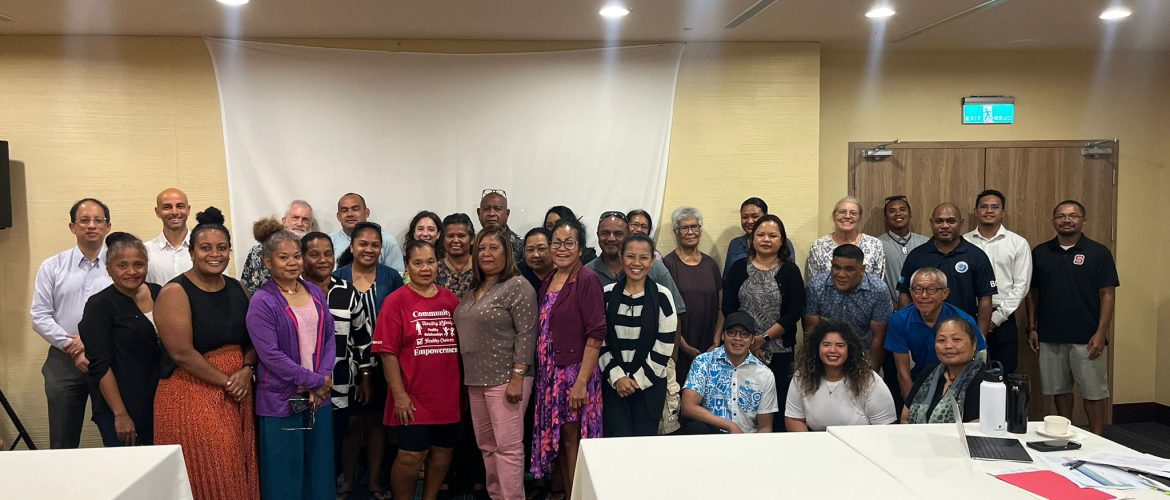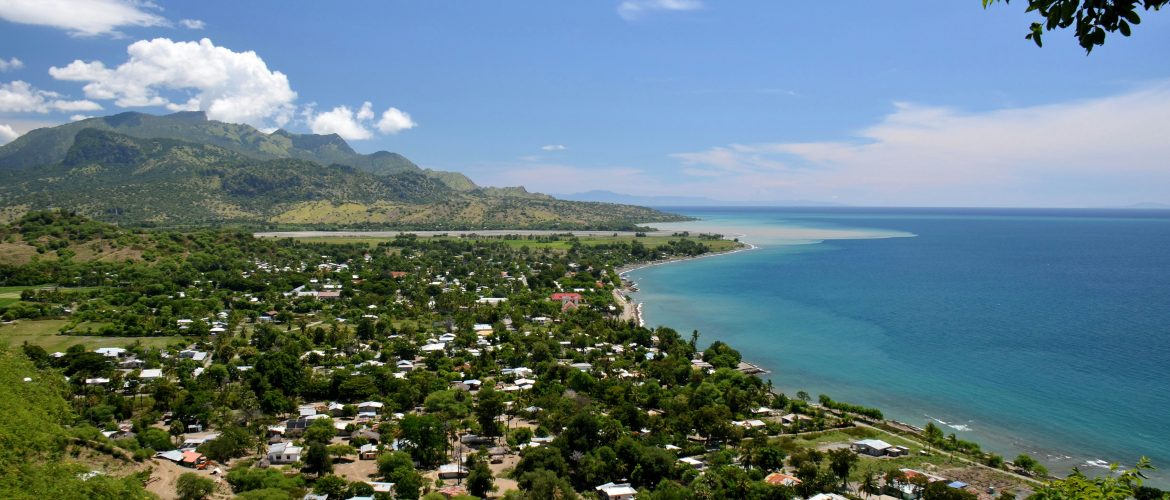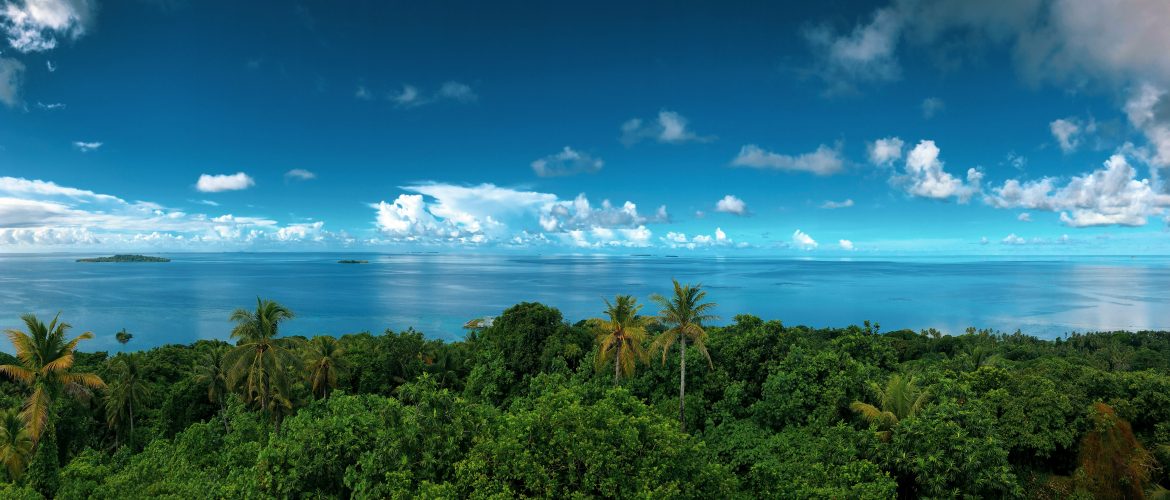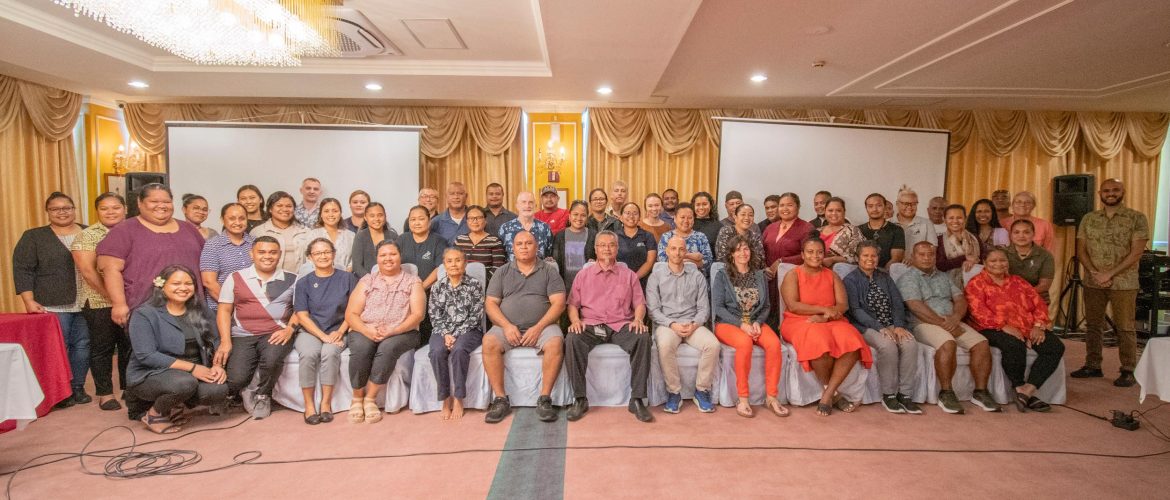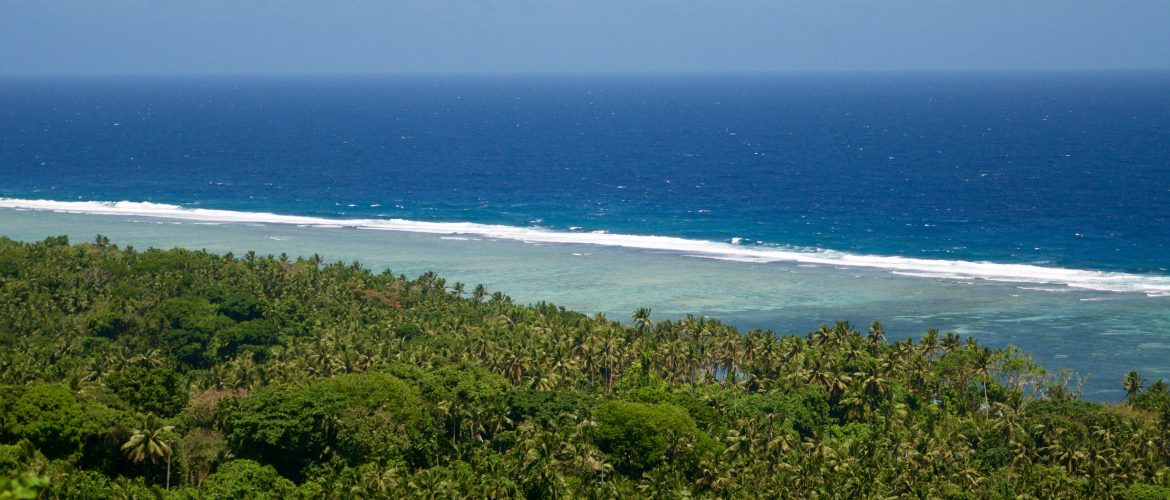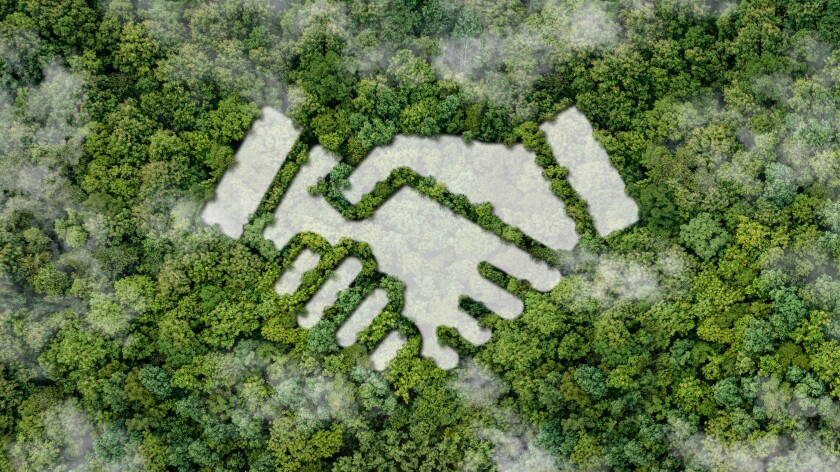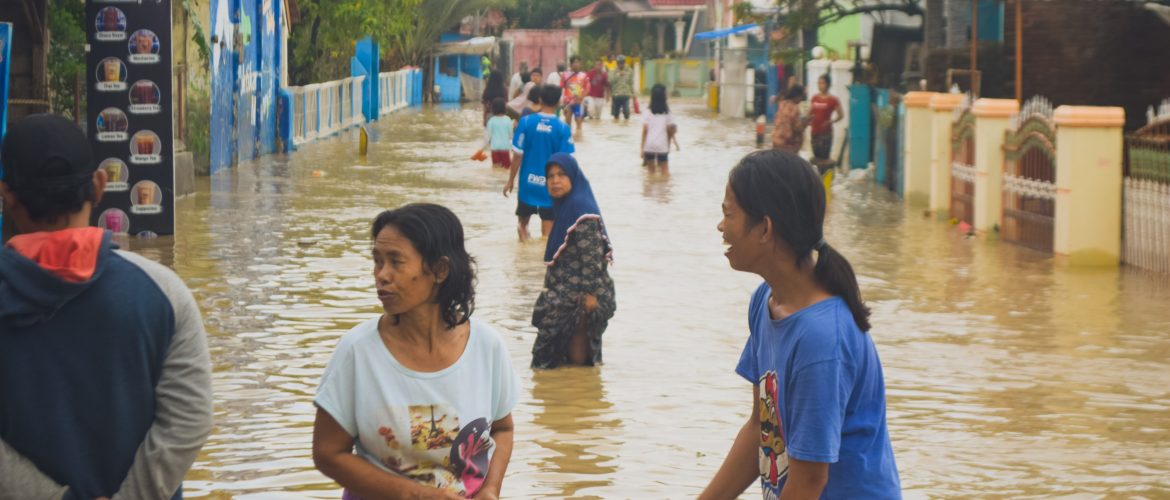In alignment with our ongoing commitment to enhancing sustainability and fostering innovation within Palau’s food systems, we are delighted to announce the successful execution of the Validation Workshop for the “Transforming Productivity in Palau’s Food Systems through Nature Positive Innovations” project. This crucial gathering, held on the 14th of May at the Palasia Hotel, represents a pivotal milestone for this GEF Child Project, under the auspices of the GEF-funded Blue and Green Islands Integrated Program (BGI IP), with the International
East Timor is home to a diverse range of globally significant ecosystems, including tropical rainforests, mangroves, wetlands, and rich marine life. Its coastal wetlands, both freshwater and brackish, support threatened species of resident and migratory waterbirds as well as endangered marine fauna. In addition, wetlands and mangroves provide essential coastal protection and sustain local livelihoods. However, habitat degradation from slash and burn agriculture and a growing human population threaten these valuable ecosystems. Preserving East Timor’s biodiversity is vital for key sectors
As mentioned in a previous article, SETIN was contracted to draft the Project Preparation Grant (PPG) of the “Transforming productivity in Palau’s food systems through nature positive innovations project for the Republic of Palau” GEF Child Project, with the International Union for Conservation of Nature (IUCN) as the GEF Agency. This Child Project is developed under the GEF funded Blue and Green Islands Integrated Program (BGI IP). In Palau, unsustainable practices in food systems prevail, and there is also insufficient
As mentioned in a previous article, SETIN was contracted to draft the Project Preparation Grant (PPG) of the “Micronesia: Tourism Support for Biodiversity Conservation” GEF Child Project, with the International Union for Conservation of Nature (IUCN) as the GEF Agency. This Child Project is developed under the GEF funded Blue and Green Islands Integrated Program (BGI IP). The Project takes for its point of departure the untapped potential of the country’s tourism sector. It aims to protect and improve ecosystems
Over 80% of European habitats are in poor shape. To address this issue, on 22 June 2022, the Commission proposed a nature restoration law aimed at facilitating the long-term recovery of damaged nature across the EU’s land and sea areas. The Commission estimates that the new law would yield significant economic benefits, with every euro invested resulting in at least 8 euros in benefits. What is included in the law? The EU nature restoration law, agreed with member states, will
As mentioned in the previous article, the “Transforming productivity in Palau’s food systems through nature positive innovations” GEF Child Project is developed under the GEF funded Blue and Green Islands Integrated Program (BGI IP). The objectives of the Project Preparatory Grant (PPG) Phase are to review and collect further information, engage stakeholders, conduct consultations, and synthesize the received guidance with international best practices to develop the project document as compliant with GEF, IUCN and participating national government requirements. IUCN, the
Small Island Developing States (SIDS) face unique economic challenges due to their vulnerability to external economic shocks, dependence on tourism, and deep integration into global markets. These economies are heavily reliant on imports, especially of food products, due to their small size and limited resource bases. In SIDS, the tourism, food, and urban sectors play key roles in Gross Domestic Product (GDP), but paradoxically, they are also the main drivers of environmental degradation. The growth of urban centers contributes significantly to
SETIN was contracted to draft the Project Preparation Grant (PPG) of the “Micronesia: Tourism Support for Biodiversity Conservation” GEF Child Project, with the International Union for Conservation of Nature (IUCN) as the GEF Agency/Implementing Partner. This Child Project is developed under the GEF funded Blue and Green Islands Integrated Program (BGI IP). This is one of 11 integrated programs formulated under the GEF 8 programmatic directions. The overall program objective of the Integrated Program whose development is led by UNDP is
SETIN Srl, is thrilled to announce the formalization of a long-term strategic partnership with Interamna Group Inc., a well-known Toronto-based organization that specializes in project design and evaluation. This collaboration marks a critical step towards strengthening environmental management and promoting sustainable development globally. This partnership is defined by a fusion of expertise and mutual commitment to environmental sustainability. SETIN Srl is excited to join forces with Interamna to contribute to the Integrated Blue and Green Islands Program, setting groundbreaking benchmarks
The recently published Adaptation Gap Report 2023 highlights the challenges of securing adequate funds for the adaptation efforts of developing countries. The report shows that the adaptation finance requirements of developing countries are 10 to 18 times greater than the international public finance flows, emphasizing a significant funding gap. Developing countries are estimated to require a total of US$215 billion a year this decade to adapt to the changing climate. Additionally, an estimated US$387 billion a year is needed to


